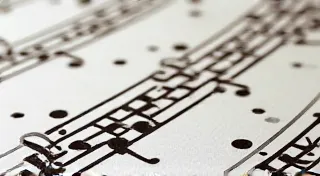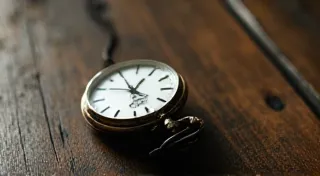Between the Lines: Deciphering Hidden Meanings in First Day Cover Designs
For the serious stamp collector, the First Day Cover (FDC) represents more than just a canceled stamp; it’s a portal to a moment in time, a carefully curated piece of postal history. While the immediate appeal often lies in the subject matter – a grand American skyscraper, a celebrated poet, a pioneering scientist – the true rewards for the discerning collector are found “between the lines,” within the subtle symbolism woven into the cover's design. It’s a deeper appreciation, akin to understanding the soul of a beautifully crafted antique accordion – recognizing the hours of painstaking work, the careful selection of materials, and the artistry embedded within its every component.
My own fascination with FDCs began not with stamps, but with my grandfather's collection of accordions. He was a master craftsman, meticulously restoring these instruments from battered remnants to playable masterpieces. He’s taught me to look beyond the superficial – to appreciate the grain of the wood, the precise alignment of the reeds, the care with which the buttons were secured. Similarly, with FDCs, it's about recognizing the stories whispered by the colors, the fonts, and the illustrations.
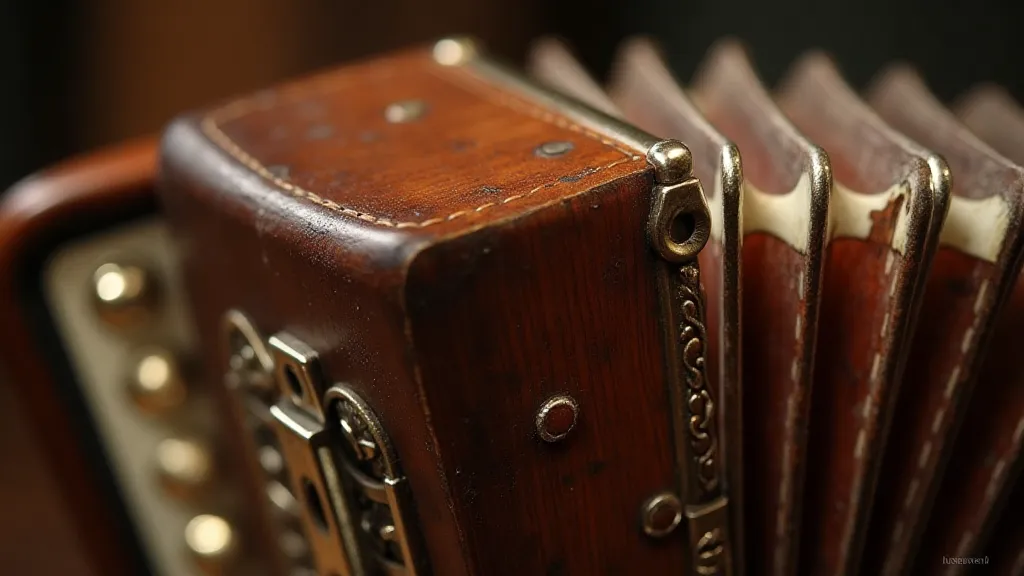
The Postal Service as Storyteller
The US Postal Service, in its function as a national institution, has always understood its role in disseminating information and, increasingly, shaping public perception. The introduction of the commemorative stamp program in 1893, and the subsequent embrace of First Day Covers, marked a deliberate move toward using the postal system as a vehicle for artistic expression and patriotic messaging. This wasn't simply about celebrating events; it was about crafting a narrative.
Consider, for instance, the 1934 George Washington Bicentennial issue. The standard design, depicting Washington in full military regalia, is straightforward enough. However, the FDC, often adorned with patriotic imagery like flags and eagles, subtly reinforced the image of Washington as a symbol of national strength and resilience during a period of economic hardship. The craftsmanship involved in producing these covers, from the design of the image to the careful application of the postmark, mirrored the precision and dedication displayed by Washington himself.
Decoding the Visual Language
Understanding the symbolism embedded in FDC designs requires delving into the cultural and historical context of their creation. It’s a fascinating intersection of art, history, and postal operations, a complex story told on a small piece of paper. Some collectors focus purely on the rarity of the stamp itself, but true appreciation comes from understanding the entire package, the entire visual and historical statement. This process often unearths stories about the design process itself, revealing the deliberate choices made by artists and postal officials – choices that can be surprisingly revealing when viewed through the lens of the time. The visual narrative isn't merely decorative; it’s a carefully constructed message.
Color Palette: The colors employed weren’t chosen arbitrarily. Deep blues often signified solemnity or importance, reds conveyed excitement or revolution, and earthy tones suggested tradition and stability. A 1969 stamp commemorating the Apollo 11 mission, for example, utilized a vibrant blue and orange to evoke the vastness of space and the energy of the event. Color theory played a critical role, and understanding its impact adds another layer of depth to appreciating these historical artifacts.
Typography: The fonts used weren’t just about legibility; they communicated personality. Ornate, classical fonts suggested timelessness and reverence, while bold, sans-serif fonts conveyed modernity and progress. The 1972 American Revolution Bicentennial series, using a deliberately antique font, linked the present commemoration directly to the historical event. The very choice of typeface speaks volumes about the intended message, reflecting the desired mood and echoing the historical context. For those deeply invested, examining the evolution of typography becomes a fascinating study in itself, revealing how visual communication has changed over time.
Illustrations and Imagery: Beyond the literal depiction of the subject, artists often layered in symbolic imagery. A depiction of a Native American figure might not simply represent a person but embody themes of resilience, connection to the land, or the complexities of the nation’s past. The imagery was carefully curated to tell a complete story. This isn's just about visual appeal; it's a nuanced conversation between the artist, the Postal Service, and the public. It’s about shaping perceptions and reinforcing national identity. Understanding this process requires more than just appreciating the artwork; it necessitates delving into the social and political climate of the era.
The Importance of the Postmark
The postmark itself, frequently overlooked by casual collectors, is a critical element of the FDC’s narrative. The city and state of the postmark provide geographical context, while the date firmly anchors the cover to a specific moment in history. Furthermore, the type of postmark – machine cancellation, hand-canceled, special event cachet – can provide clues about the cover’s provenance and rarity. Examining postmarks is like reading a secret code, revealing details about the cover's journey and its place in history. These markings can often be as revealing as the stamps themselves, offering clues about the postal worker who applied it and the local community it served.
Early FDCs, particularly those from the 1930s and 1940s, often bear distinctive hand-canceled postmarks, applied by postal workers who took pride in their craft. These hand-canceled markings, often bearing unique flourishes and personalized touches, are now highly prized by collectors, as they represent a connection to a bygone era of personalized service. The imperfections and unique character of these markings offer a tangible link to the people who worked tirelessly to deliver mail across the nation. Collectors are increasingly recognizing the historical significance of these personalized touches, viewing them as valuable artifacts in their own right.
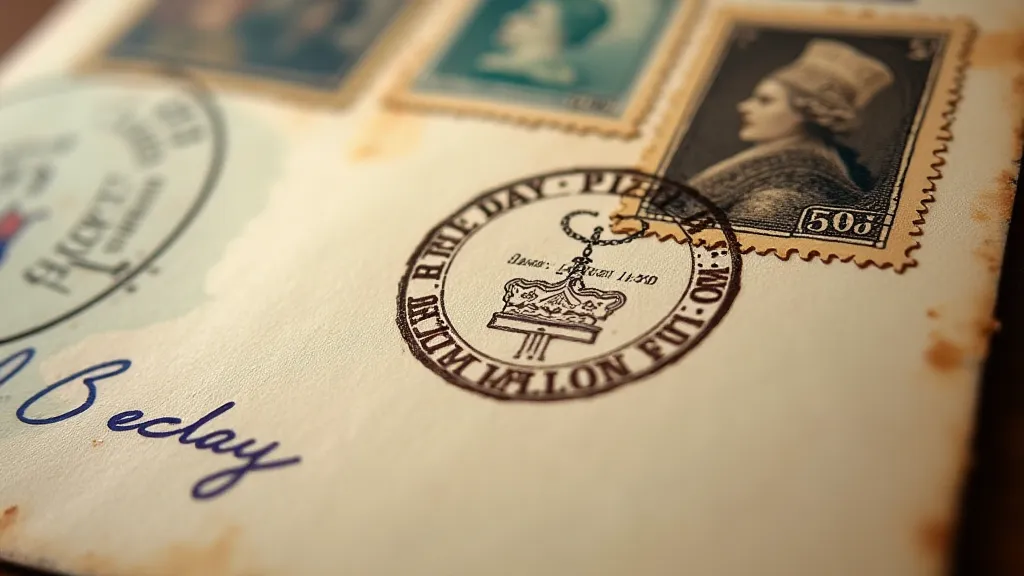
Restoration & Preservation: Respecting the Story
Like a restored antique accordion, an FDC requires careful handling and preservation. Damage – tears, creases, fading – diminishes its value, not just financially but also in terms of its historical significance. Restoration attempts must be undertaken with utmost respect for the cover’s integrity. While minor repairs, such as reattaching loose corners, might be acceptable, any attempt to alter the original design or postmark is ethically questionable and severely devalues the cover. The integrity of the historical record must be maintained; alterations compromise the authenticity of the artifact.
Proper storage, away from direct sunlight and extreme temperatures, is crucial. Archival-quality sleeves and albums provide the best protection against environmental damage. Protecting these covers isn’t just about preserving their monetary value; it's about safeguarding a piece of history for future generations.
The Rare and the Revealing
Certain FDCs hold exceptional rarity and offer profound insights into postal history. These are the “holy grails” of the collecting world - covers with errors in printing or postmarking, or those originating from unique circumstances. A 1930 Zeppelin stamp FDC with a misplaced postmark, for example, would command a substantial premium due to its error. These errors, while seemingly negative, offer a fascinating glimpse behind the curtain of the postal system’s operations. These accidental variations serve as poignant reminders of the human element involved in the postal process and the potential for unexpected outcomes even in the most carefully planned endeavors. The story behind the error is often as captivating as the cover itself.
Even seemingly commonplace FDCs can hold surprising stories. A careful examination of the cancellation markings might reveal a connection to a specific postal worker, a local event, or a previously unknown postal experiment. For a deeper dive into the artistry and meticulous detail that defines these captivating pieces, one might find exploring the cartographer's canvas quite enlightening.
The true joy of FDC collecting lies in the discovery – in unearthing the hidden narratives that lie between the lines. It's a process of detective work, requiring patience, attention to detail, and a willingness to delve into the historical record. It is a form of historical engagement, not just passive observation. It is a way to connect with the past and appreciate the ingenuity and craftsmanship of earlier generations. Examining the intricacies of the process, from the initial design to the final delivery, reveals the countless hands and decisions that contributed to the creation of these seemingly simple artifacts.
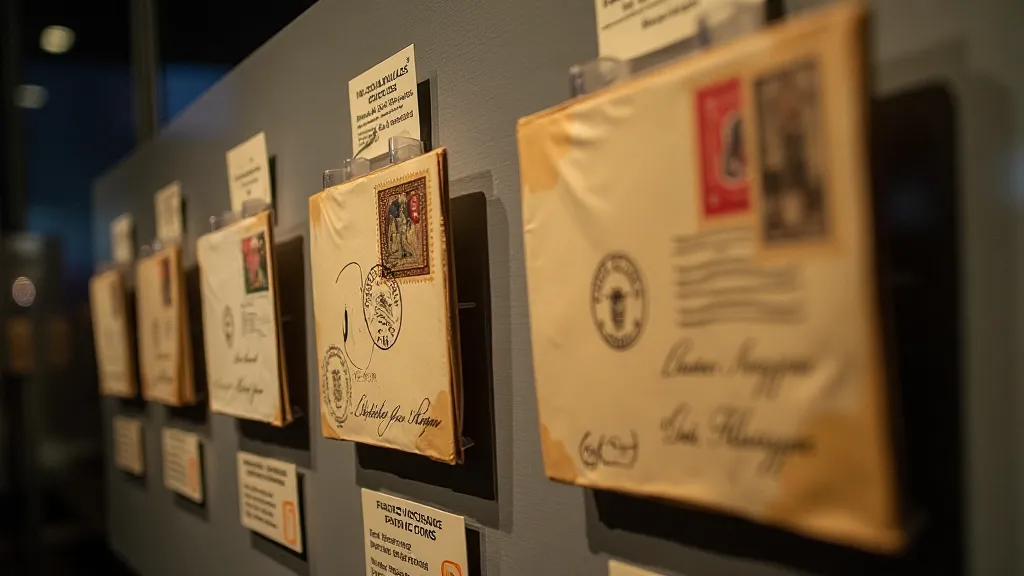
The next time you examine an FDC, I encourage you to look beyond the stamp itself. Consider the colors, the typography, the postmark, and the historical context. Listen for the whispers of the past. You might be surprised by what you discover. For those intrigued by the layered storytelling and historical nuances embedded within these collectibles, understanding the chronicles of paper and ink offers a further enriching perspective.
Just as a master craftsman finds beauty in the intricacies of an antique accordion, the discerning FDC collector finds richness and depth in a carefully preserved piece of postal history. The journey of discovery, the appreciation of craftsmanship, and the connection to the past make FDC collecting a uniquely rewarding pursuit.



